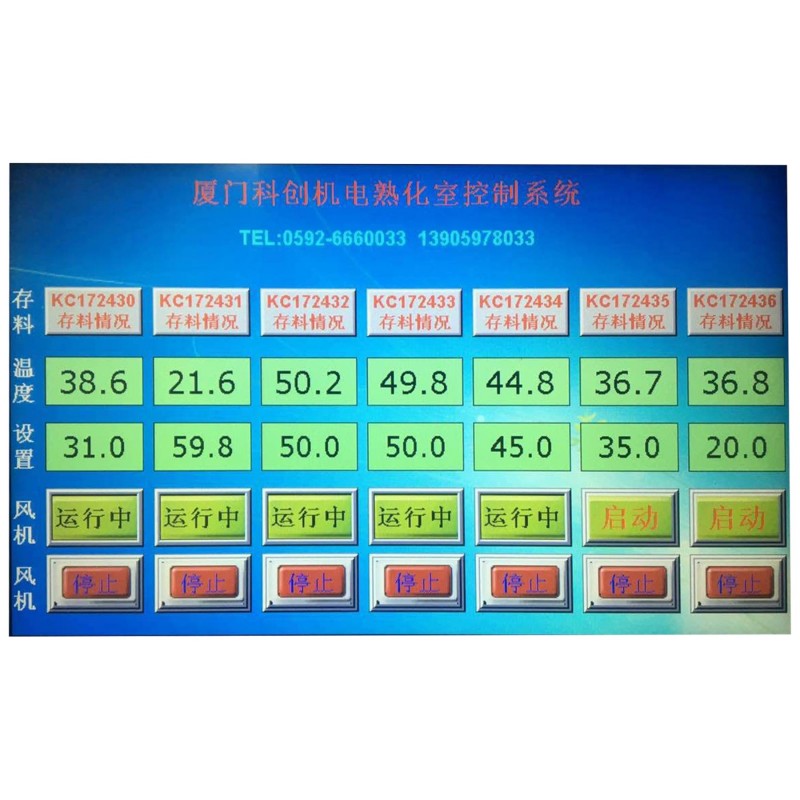The benefits of Drying Chamber Curing Chamber
2025-06-09
Drying Chamber and Curing Chamber are essential in industrial and laboratory settings, especially for processes involving materials like ceramics, composites, coatings, rubber, and adhesives. Here are the benefits of each:
Benefits of a Drying Chamber
A drying chamber removes moisture from materials using controlled heat and airflow.
Moisture Removal
Efficiently removes water or solvents from materials, improving product quality and preventing defects like warping or cracking.
Enhanced Processing Speed
Speeds up the drying process compared to ambient conditions, increasing production throughput.
Controlled Environment
Temperature and humidity can be precisely controlled, ensuring consistent drying results.
Prepares Materials for Further Processing
Ideal for pre-treating materials before painting, coating, or curing.
Energy Efficient Options
Modern drying chambers often include insulation and airflow optimization to reduce energy consumption.

Benefits of a Curing Chamber
A curing chamber is used to facilitate chemical or physical changes in materials (like hardening or setting) through controlled temperature, humidity, or pressure.
Uniform Curing
Ensures materials cure evenly, reducing the risk of weak spots or incomplete curing.
Accelerated Curing Time
Speeds up the curing process, boosting production efficiency.
Improved Product Performance
Enhances mechanical and thermal properties of materials by providing optimal curing conditions.
Process Repeatability
Allows for repeatable curing cycles, ensuring consistent quality between batches.
Versatility
Suitable for a range of materials including composites, rubber, epoxy resins, and adhesives.
Combined Use
In many processes, drying precedes curing. For example, removing surface moisture in a drying chamber before initiating chemical cross-linking in a curing chamber leads to better end results.
If you are interested in our products or have any questions, please feel free to contact us.


